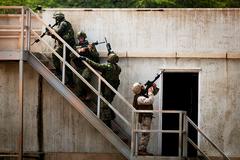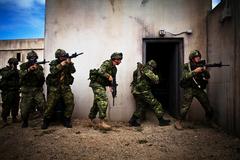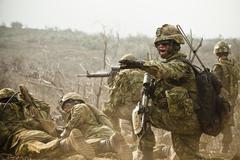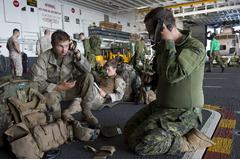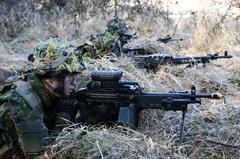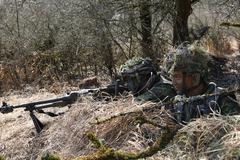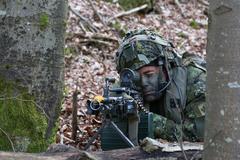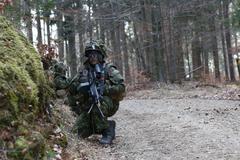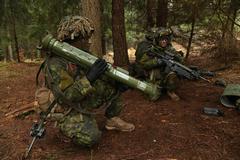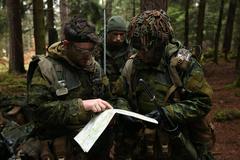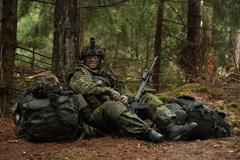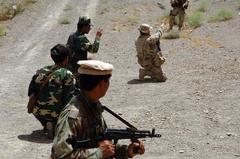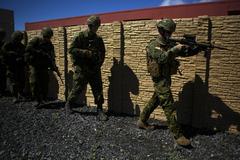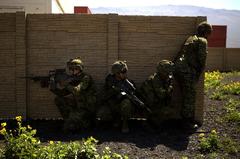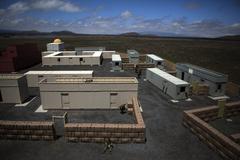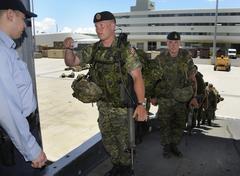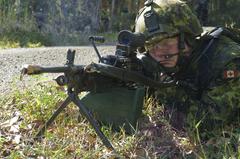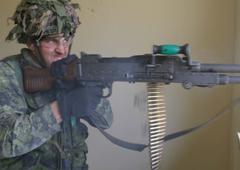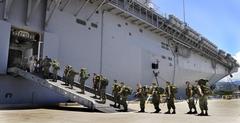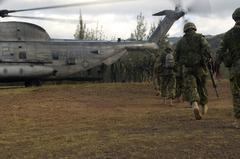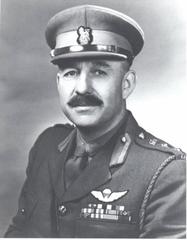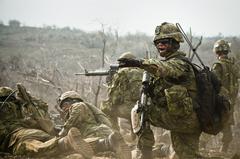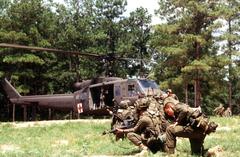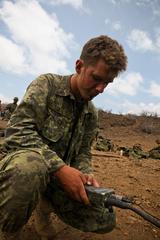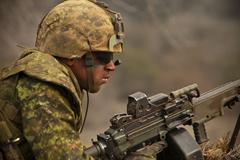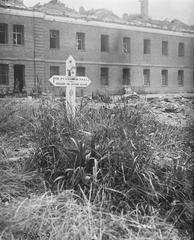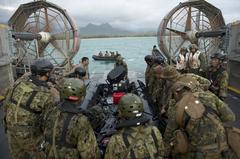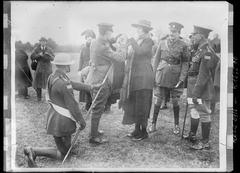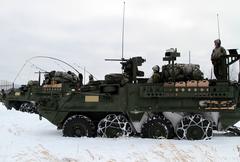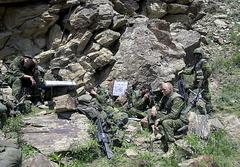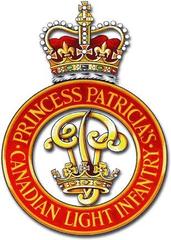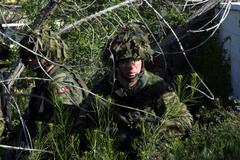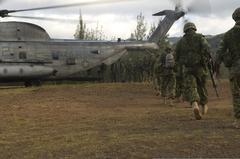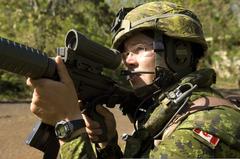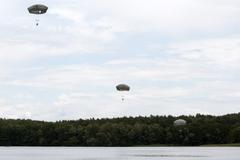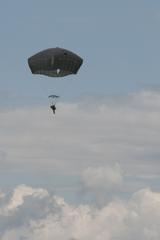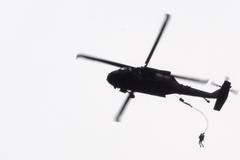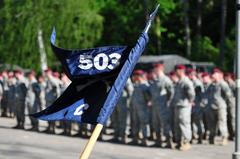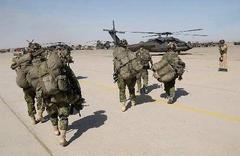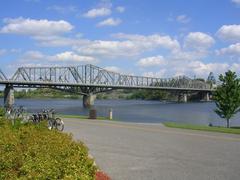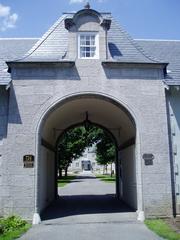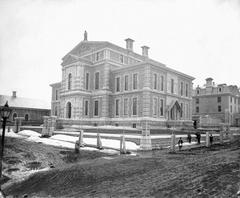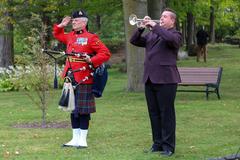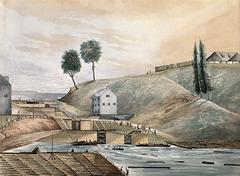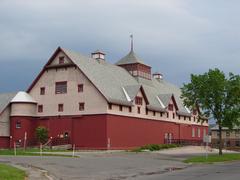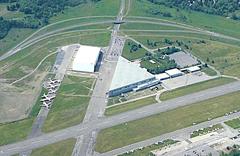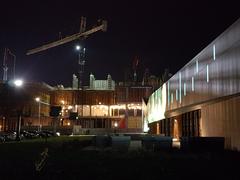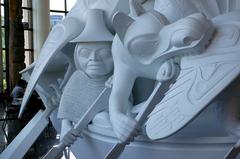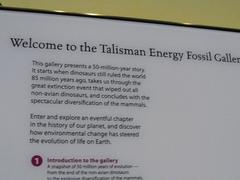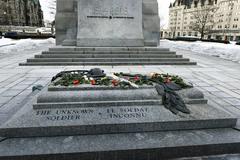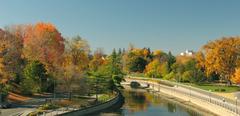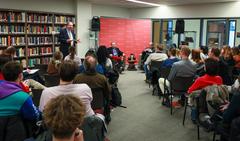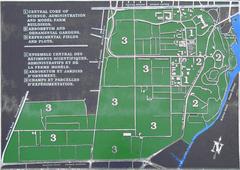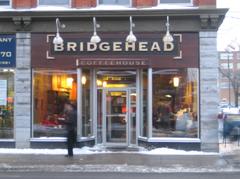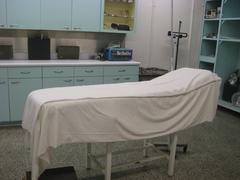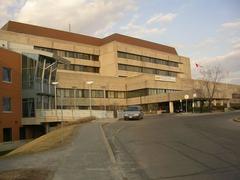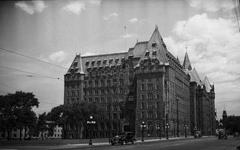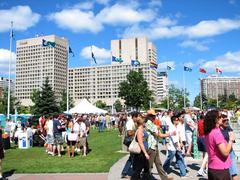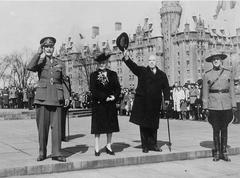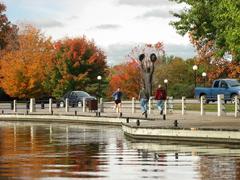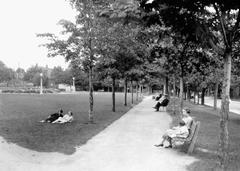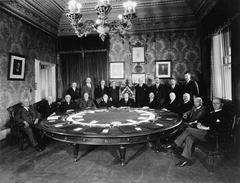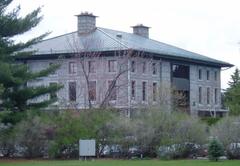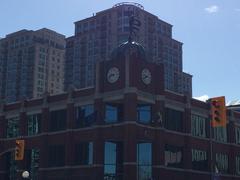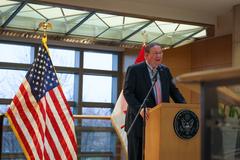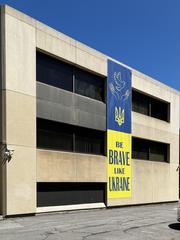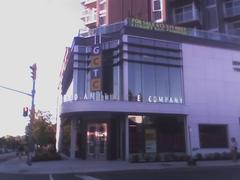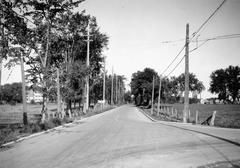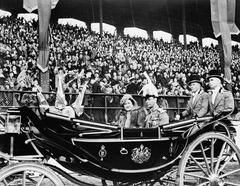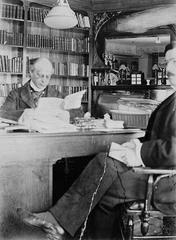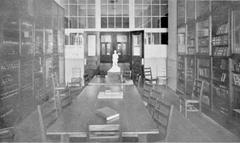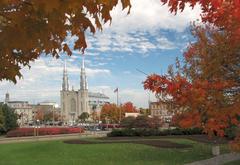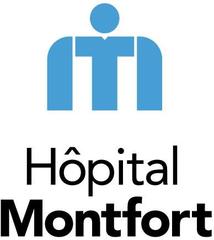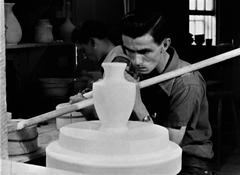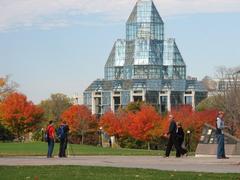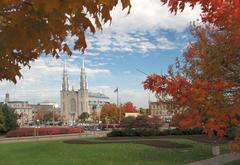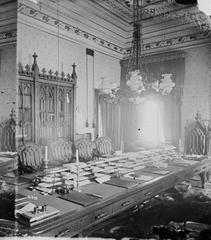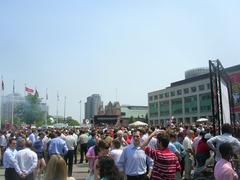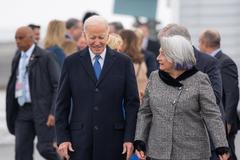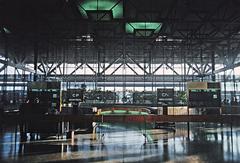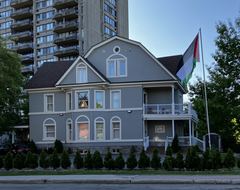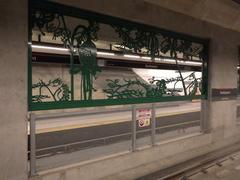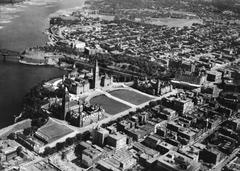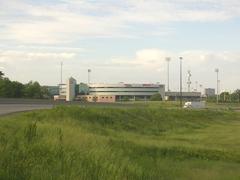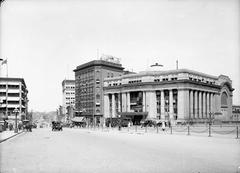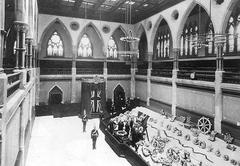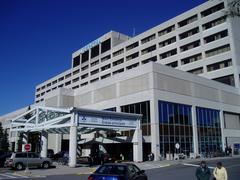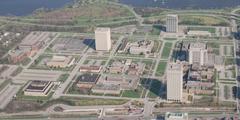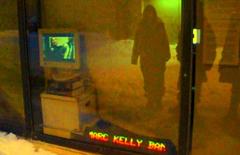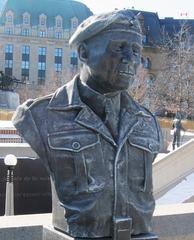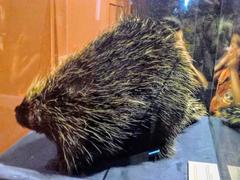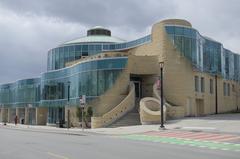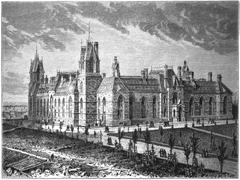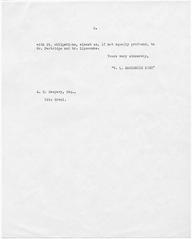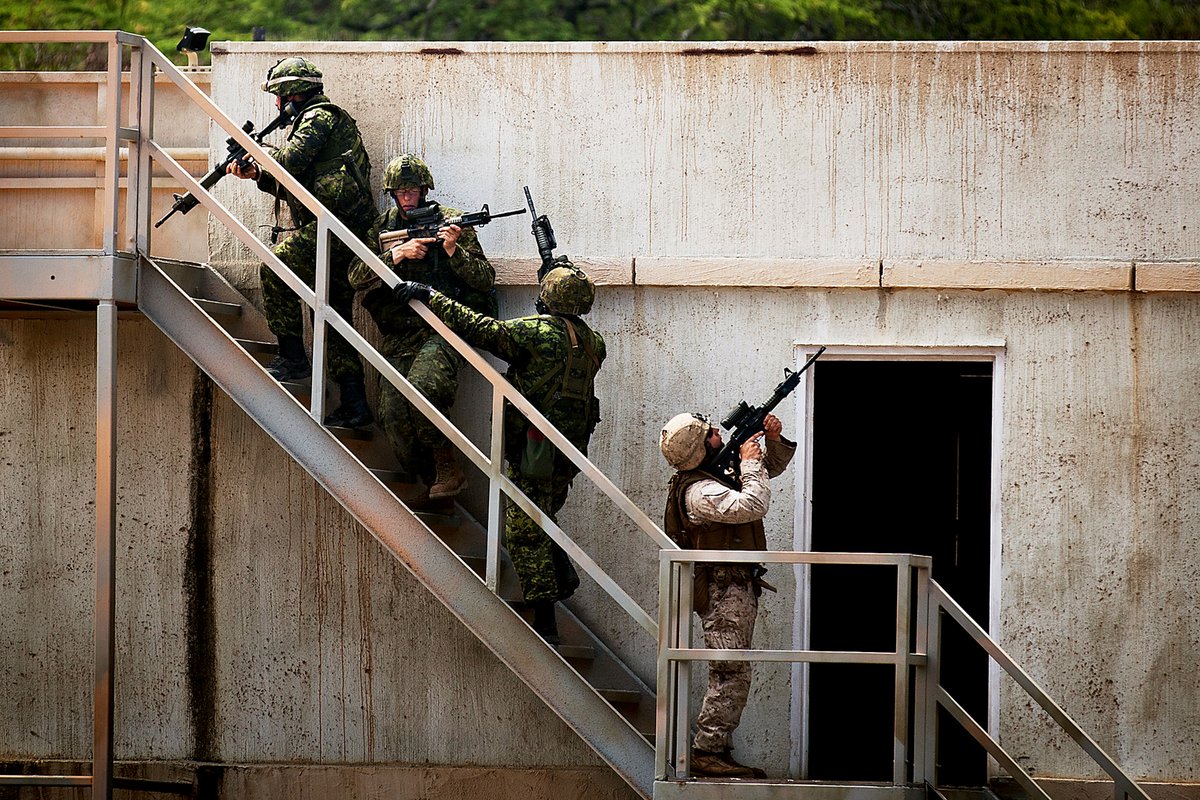
Princess Patricia’s Canadian Light Infantry in Ottawa: Visiting Hours, Tickets, and Historical Significance
Date: 14/06/2025
Introduction
Princess Patricia’s Canadian Light Infantry (PPCLI) is recognized as one of Canada’s most distinguished military regiments, whose legacy is deeply woven into the nation’s military fabric since its formation in Ottawa in 1914. Named after Princess Patricia of Connaught, the regiment became a symbol of courage and service through its roles in major conflicts including both World Wars, the Korean War, and numerous peacekeeping missions. Ottawa, Canada’s capital, provides a variety of opportunities for visitors to engage with the PPCLI’s heritage through monuments, museums, and commemorative events.
This guide offers an in-depth overview for anyone wishing to explore the PPCLI’s history in Ottawa, including detailed information on heritage sites, visiting hours, ticketing, accessibility, special events, and practical tips. You will also find insights into the regiment’s cultural symbols, such as the Ric-a-Dam-Doo and the regimental badge, and guidance on interactive experiences such as virtual tours and mobile apps.
Table of Contents
- Introduction
- Origins and Formation (1914–1919)
- The Regiment in World Wars and Korea
- Modern Era and Peacekeeping
- Regimental Structure and Symbolism
- Visiting the PPCLI Museum and Heritage Sites
- The PPCLI Monument in Confederation Park
- Visitor Tips and Frequently Asked Questions
- Visuals and Interactive Experiences
- Conclusion
- Sources
Origins and Formation (1914–1919)
The PPCLI was officially authorized on August 10, 1914, in Ottawa, largely due to the philanthropic efforts of Captain Andrew Hamilton Gault, who contributed $100,000 to form and equip the regiment (PPCLI Foundation). The name honors Princess Patricia of Connaught, who personally designed the regimental badge and hand-sewed the first regimental colour, the Ric-a-Dam-Doo. The regiment was quickly assembled from experienced volunteers, many of whom were British Army veterans, and became the first Canadian infantry unit to serve in France during World War I (Government of Canada).
The Regiment in World Wars and Korea
First World War
The PPCLI distinguished itself in key battles such as Ypres, Vimy Ridge, and Passchendaele. The Ric-a-Dam-Doo accompanied the regiment into every major engagement, symbolizing its unity and bravery (Canada Ehx). After the war, a permanent component was established in 1919.
Second World War
During WWII, the regiment fought in Italy and Northwest Europe, participating in battles like Ortona and the liberation of the Netherlands (Silver Hawk Author). The regiment’s adaptability and valor continued to earn it national respect.
Korean War
The PPCLI’s 2nd Battalion played a crucial role in the Battle of Kapyong in April 1951, holding their position against overwhelming odds and earning the United States Presidential Unit Citation (Silver Hawk Author).
Modern Era and Peacekeeping
Since the Korean War, the PPCLI has taken part in numerous peacekeeping and NATO missions, including deployments to Cyprus, the former Yugoslavia, and Afghanistan (The Military Museums). The regiment’s ongoing professionalism and adaptability have made it a model for Canadian infantry units.
Regimental Structure and Symbolism
The PPCLI is one of three Regular Force infantry regiments in the Canadian Army, with battalions stationed in Edmonton (1 PPCLI, 3 PPCLI, Regimental HQ) and Shilo (2 PPCLI). Its affiliated reserve is the Loyal Edmonton Regiment (The Canadian Encyclopedia). The regimental motto, “Once a Patricia, Always a Patricia,” reflects a strong sense of community (PPCLI Association). The Ric-a-Dam-Doo remains a cherished symbol, and royal connections have been maintained through figures such as Princess Patricia and her successors.
Visiting the PPCLI Museum and Heritage Sites
PPCLI Regimental Museum (Calgary)
While the main PPCLI Regimental Museum & Archives is located at The Military Museums in Calgary, Ottawa remains a central place for commemoration and reflection. The museum features regimental artifacts, memorials, and interactive exhibits (PPCLI Museum).
- Hours: Tuesday to Sunday, 10 a.m. to 5 p.m. (The Military Museums)
- Admission: Tickets required; discounted rates available.
- Accessibility: Wheelchair accessible.
PPCLI Heritage Sites in Ottawa
National War Memorial
- Location: Confederation Square
- Hours: Open 24 hours
- Admission: Free
- Highlights: Site of annual Remembrance Day ceremonies, often featuring PPCLI participation (Ottawa Tourism).
Canadian War Museum
- Location: 1 Vimy Place
- Hours: Daily, 10:00 AM–5:00 PM (7:00 PM in summer)
- Admission: Paid; discounts for seniors, students, and children
- Accessibility: Fully wheelchair accessible; guided tours available
- Features: Exhibits on major conflicts, PPCLI artifacts, and educational programs (Canadian War Museum).
Beechwood Cemetery (National Military Cemetery)
- Location: 280 Beechwood Avenue
- Hours: 8:00 AM–5:00 PM
- Admission: Free
- Highlights: Final resting place of many Canadian soldiers, including PPCLI members (Beechwood Cemetery).
Confederation Park (PPCLI Monument)
- Location: Confederation Park, downtown Ottawa
- Hours: Open 24 hours
- Admission: Free
The PPCLI Monument in Confederation Park
Located centrally in Confederation Park, the monument is a place of reflection honoring the more than 1,850 fallen members and thousands wounded or injured. The site is designed for accessibility, with paved paths and nearby amenities. The monument is a focal point for Remembrance Day and regimental anniversary events (Ottawa Memorials Blog).
Visitor Tips and Frequently Asked Questions
Best Time to Visit:
- Remembrance Day (November 11) for commemorative events
- Regimental Anniversary (August 10)
- Spring and summer for pleasant weather
Getting Around:
- Downtown Ottawa is walkable and well-served by public transit (Voyage Tips).
Accessibility:
- Most sites are wheelchair accessible; check ahead for specifics
Tickets:
- National War Memorial, Confederation Park, and Beechwood Cemetery are free.
- Canadian War Museum requires paid admission (purchase online during busy periods).
Photography:
- Allowed, but please be respectful during ceremonies and inside museums.
Frequently Asked Questions
Q: What are the visiting hours for the PPCLI Monument?
A: Confederation Park is open 24 hours, but daylight visits are recommended.
Q: Is there an admission fee or are tickets required?
A: No tickets or fees are required for the monument or most outdoor memorials.
Q: Are guided tours available?
A: The museums offer guided tours; city walking tours may include the monument.
Q: Is the monument and museum accessible?
A: Yes, both the monument and major museums are wheelchair accessible.
Visuals and Interactive Experiences
- PPCLI Regimental Badge
Alt text: Princess Patricia’s Canadian Light Infantry regimental badge featuring coronet and cypher. - PPCLI Museum Entrance
Alt text: Entrance of the Princess Patricia’s Canadian Light Infantry Museum in Ottawa. - Virtual Tour of PPCLI Museum
Explore the museum from home with an interactive virtual tour.
Conclusion
Exploring Princess Patricia’s Canadian Light Infantry heritage in Ottawa is a meaningful way to connect with Canada’s military past. From the solemn monument in Confederation Park to the extensive exhibits at the Canadian War Museum, visitors are offered a comprehensive narrative of courage and sacrifice. Plan your visit around key commemorations for a richer experience, and use digital tools like the Audiala app and virtual tours for enhanced engagement.
For further information, consult official resources and stay updated with the PPCLI Association, the Canadian War Museum, and the Government of Canada’s military history page.
Sources
- Government of Canada military history lineages
- PPCLI Association
- Canadian War Museum
- PPCLI Official Website
- The Military Museums
- Silver Hawk Author
- Wikipedia
- Ottawa Tourism
- Beechwood Cemetery
- Voyage Tips
- City of Ottawa Heritage Report
- Ottawa Memorials Blog
- PPCLI Foundation
- Canada Ehx
- The Canadian Encyclopedia
